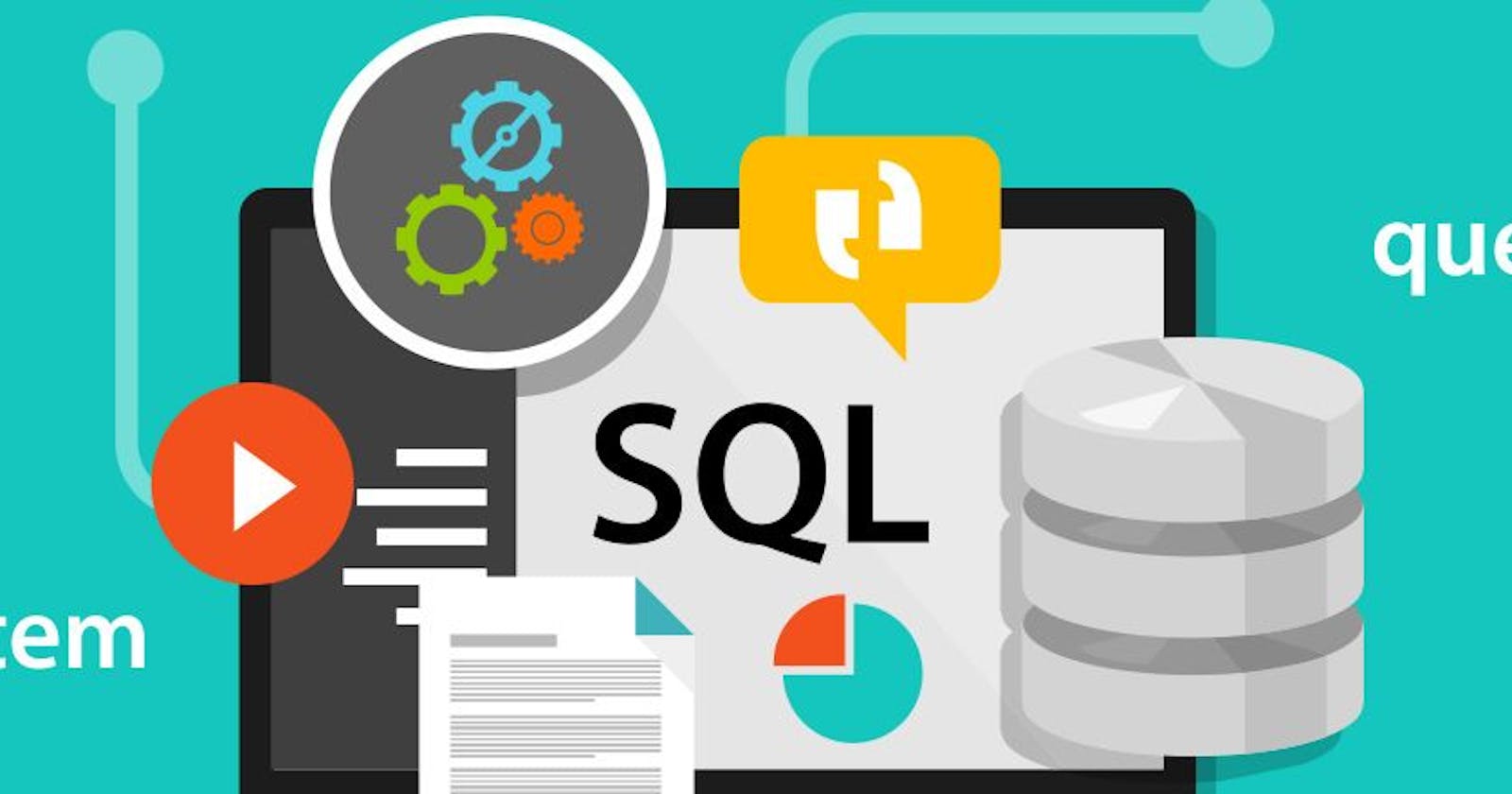Standard Query Language
Structured Query Language (SQL) is used to manage relational databases. It creates, modifies, and queries databases by managing the data stored in the tables. SQL is used in a variety of settings, from small businesses to large corporations, and it is essential for anyone who works with data to have a basic understanding of SQL.
This article introduces SQL, covering its history, syntax, basic concepts, and some common commands. By the end of this article, readers will have a basic understanding of SQL and be able to start using it to manage data.
History of SQL
SQL was first introduced in the 1970s by IBM researchers Donald Chamberlin and Raymond Boyce. At the time, it was called SEQUEL, which stood for Structured English Query Language. The name was later changed to SQL to avoid trademark issues.
In the 1980s, SQL became the standard language for managing relational databases, and it was adopted by the American National Standards Institute (ANSI) and the International Organization for Standardization (ISO).
Today, SQL is widely used in the tech industry and is an essential skill for anyone who works with data. It is used in a variety of settings, from small businesses to large corporations, and it is essential for anyone who works with data to have a basic understanding of SQL.
Database
A database is a collection of related information it keeps track of products and enhances the security of information
Database Management System (DBMS)
It is a special software program that helps users create and maintain a database it manages large amounts of information, Handles Security, Backups, Import and Exports Data
Types of Database
A relational Database Organizes data into one or more tables Each table has columns and rows and a unique key identifies each row
Non-Relational Database(no SQL) Include documents such as .json, .xml files
Types of Database management systems
- Relational Database Management systems(RDBMS). They help users create and maintain Relational DB. They include:
MySQL
Oracle
Postgre SQL
MariaDB
- Non-RDBMS
They help create and maintain a non-relational database management system. They include:
MongoDB
DynamoDB
Apache
SQL Types
Data Query Language
- used to query databases for information
Data Definition Language
- defines database schemas
Data Control Language
- controls access to data in the Database
Data Manipulation Language
- used for inserting, updating, and Deleting
SQL syntax
Some of The Most Important SQL Commands
SELECT - extracts data from a database
UPDATE - updates data in a database
DELETE - deletes data from a database
INSERT INTO - inserts new data into a database
CREATE DATABASE - creates a new database
ALTER DATABASE - modifies a database
CREATE TABLE - creates a new table
ALTER TABLE - modifies a table
DROP TABLE - deletes a table
CREATE INDEX - creates an index (search key)
DROP INDEX - deletes an index
SQL is used to perform C.R.U.D. operations
C - create
R- Read/retrieve
U - update
D - Delete
CREATE
CREATE TABLE table_name (
column1 datatype,
column2 datatype,
column3 datatype,
);
